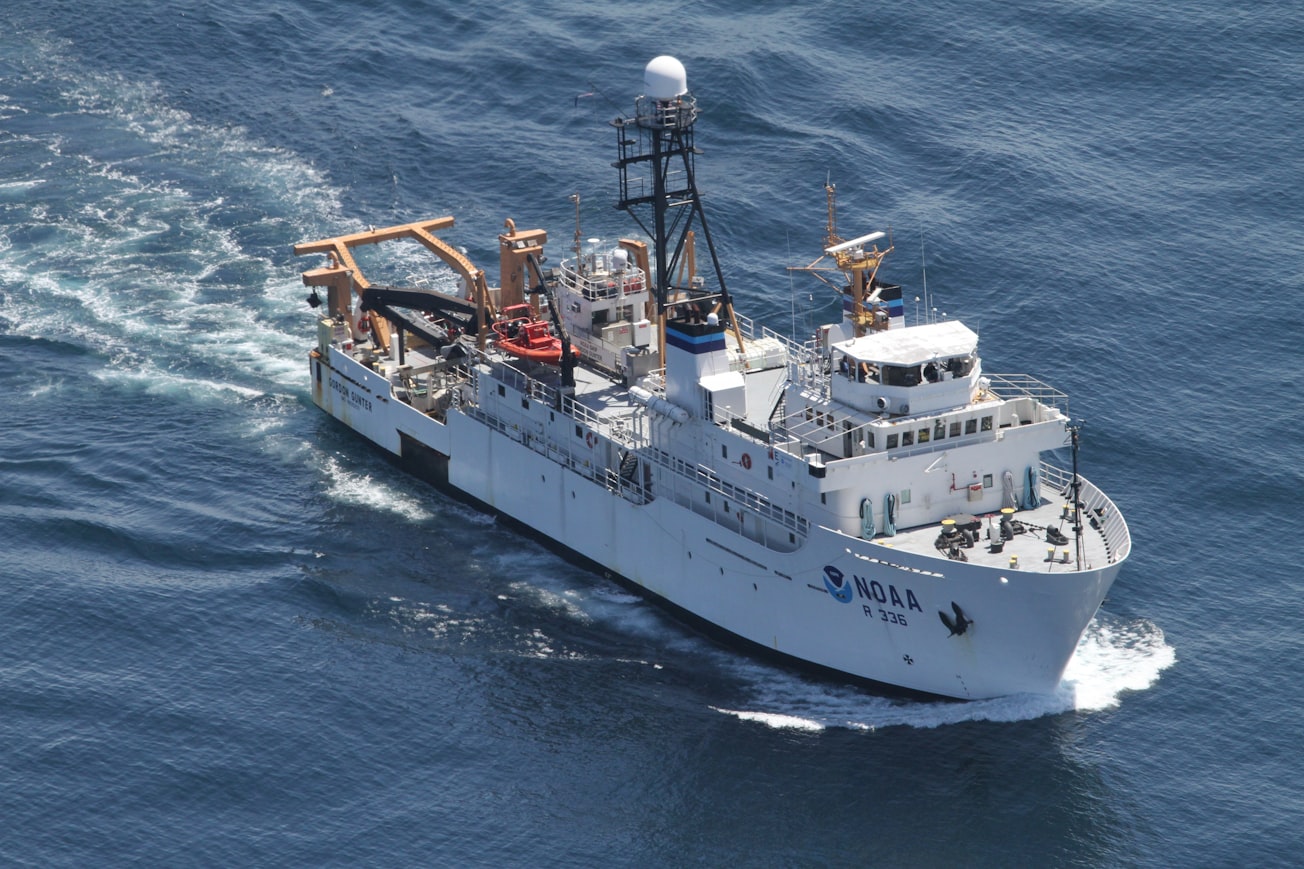What is it about?
Oceanography and marine geoscience can be considered as distinct marine science areas, the former concerned with aspects of the water column and the latter concerned with features within and beneath the seabed. Governments and other bodies are likely to have supported these two areas differently since 1946, influenced by considerations of the Cold War, natural resources and environment. The study finds that both subjects grew into the 1980s, but since then only oceanography has continued growing.
Featured Image

Photo by NOAA on Unsplash
Why is it important?
During the increasing stage for marine geoscience, the numbers of articles initially increased along with measures of field activity until around 1970, but subsequently the numbers of articles continued to rise despite a decrease in field activity. This suggests a major change occurred in the efficiency of marine geoscience, with increasing use of earlier-collected data and samples, more sophisticated equipment at sea providing more information, modelling and satellite-collected data. In addition, the rise of scientific drilling led to a major expansion in marine geoscience from the late 1960s. This underlines how import scientific drilling has been to the subject area, now led by the International Ocean Discovery Program.
Perspectives
This project was initiated by a request from the British Council to write an essay on UK-German collaborations in marine sciences. This led me to seek measures of collaboration, which at first seemed easy to do. However, the apparent ease was mostly due to a lack of experience in bibliometrics, as the marine science publication data are not so straightforwardly retrieved from the reference databases due to a number of problems outlined in the article. It has ultimately taken several years and a lot of work with the journal reviewers to get the article to a publishable standard. Personally, this project has been interesting because I started my PhD in 1986 and through this bibliometric study I have viewed the titles of many classical articles in my subject. It has helped give me a broad perspective on how it has evolved since the 1940s.
Dr Neil C. Mitchell
University of Manchester
Read the Original
This page is a summary of: Comparing the post-WWII publication histories of oceanography and marine geoscience, Scientometrics, May 2020, Springer Science + Business Media,
DOI: 10.1007/s11192-020-03498-2.
You can read the full text:
Contributors
The following have contributed to this page







